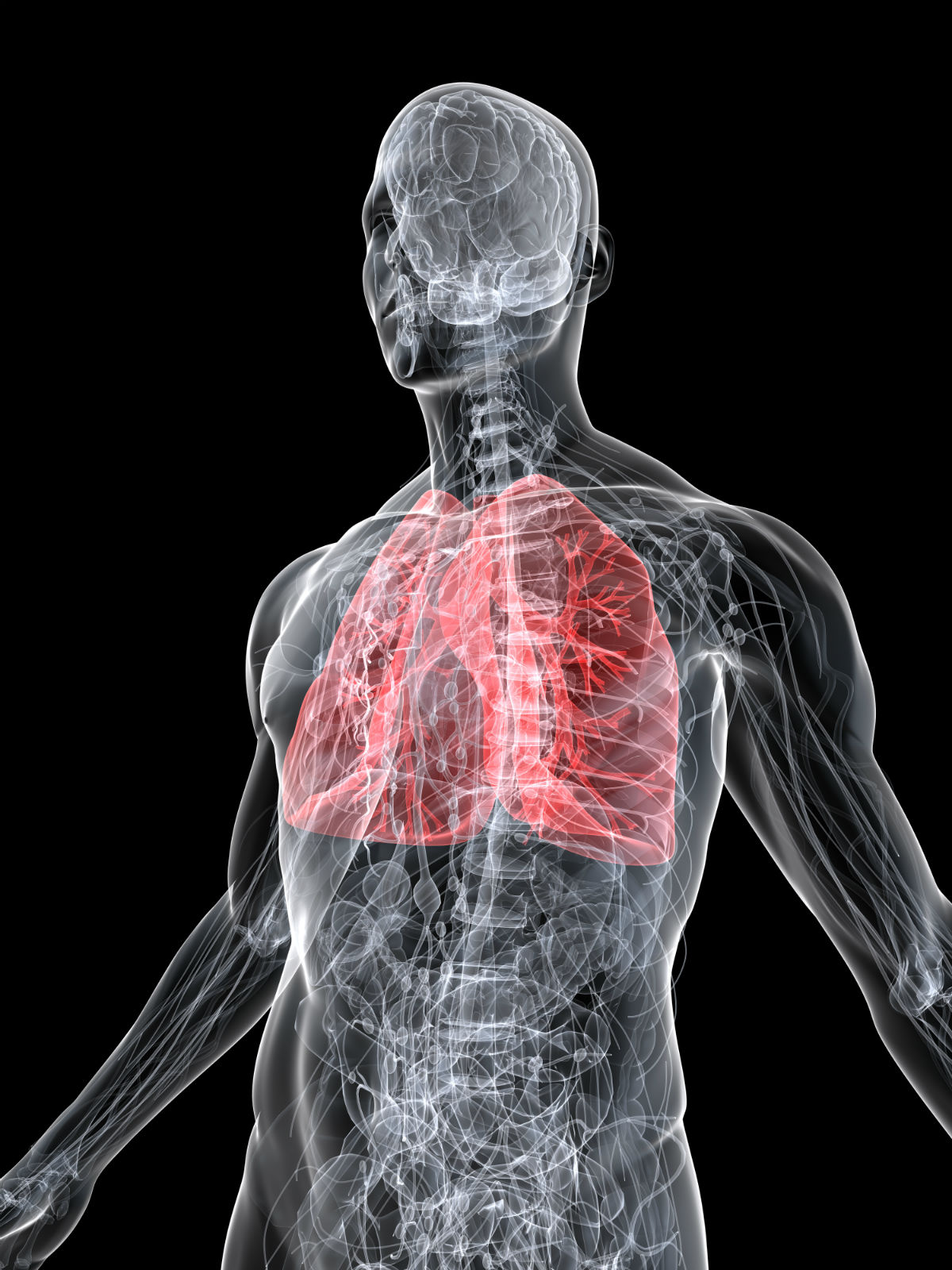
There are many causes of chronic obstructive pulmonary disease (COPD) and emphysema like industrial dust exposure, cigarette smoking, or old house renovations. In the past, we would hear about this condition in coal miners and asbestos miners. Sadly COPD is on the rise again and for different reasons.
What is emphysema
Emphysema is primarily caused by long-term exposure to irritants, particularly the harmful chemicals found in cigarette smoke, dust in coal mines, in quarries, and dust from manufacturing modern kitchen cabinet materials. When a person inhales these toxic substances, they irritate and inflame the airways, triggering a cascade of events that ultimately lead to the destruction of the delicate air sacs in the lungs. As these air sacs lose their elasticity, the ability to exhale properly becomes compromised, resulting in the characteristic symptoms of emphysema.
Occupational exposure to certain chemicals and pollutants, such as coal dust or silica, can also increase the risk of developing the disease. Additionally, air pollution and poor air quality can exacerbate the symptoms and accelerate lung damage.
The risks of emphysema in smokers
Cigarette smoking has long been associated with a plethora of health risks, and one of the most severe consequences is emphysema. Emphysema is a chronic and progressive lung disease that gradually damages the air sacs in the lungs, leading to breathing difficulties and impaired respiratory function.
What are the symptoms of emphysema?
Emphysema gradually impairs lung function, leading to severe consequences for individuals affected by the disease. Some of the common consequences include:
- Shortness of Breath: The hallmark symptom of emphysema is dyspnea, or shortness of breath, which progressively worsens over time. Initially, it may be experienced during physical exertion, but as the disease advances, even simple tasks like getting dressed or walking short distances can become challenging.
- Chronic Cough: Emphysema can cause a chronic cough that produces excessive mucus. This persistent cough is the body’s attempt to clear the airways of irritants and excess secretions.
- Barrel Chest: As the lungs lose their elasticity and ability to properly exhale, the chest may assume a barrel-like shape, resulting from the enlargement of the air spaces in the lungs.
- Recurrent Respiratory Infections: Emphysema weakens the immune system’s defenses in the lungs, making individuals more susceptible to respiratory infections such as pneumonia and bronchitis.
- Quality of Life Impairment: The combined effects of the symptoms mentioned above can significantly impact an individual’s quality of life, limiting their physical activities, social interactions, and overall well-being.
Health impact of dust from modern kitchen cabinet makings
The health impact of dust from modern kitchen cabinet makings can vary depending on the specific materials used in their construction. Here are some potential health concerns associated with dust from modern kitchen cabinets:
- Respiratory Irritation: Dust generated from cutting, sanding, or handling modern kitchen cabinet materials can contain fine particles that may irritate the respiratory system. Inhaling these particles can lead to symptoms such as coughing, sneezing, wheezing, and nasal congestion. Individuals with pre-existing respiratory conditions like asthma may experience exacerbation of their symptoms.
- Allergic Reactions: Some individuals may be sensitive or allergic to specific components found in modern kitchen cabinet materials, such as formaldehyde-based adhesives, volatile organic compounds (VOCs), and PCBs or certain types of wood. Dust containing these substances can trigger allergic reactions, including skin rashes, itching, eye irritation, and respiratory distress.
- Chemical Exposure: Certain modern kitchen cabinet materials, such as pressed wood products or laminates, may emit harmful chemicals into the air. The dust generated during the fabrication or installation process can contain these chemicals, including formaldehyde, which is a known respiratory irritant and a potential human carcinogen. Prolonged or high-level exposure to these substances can pose health risks.
- Silica Dust: In some cases, the production or processing of certain countertop materials, such as quartz or engineered stone, can generate silica dust. Silica dust is a known respiratory hazard and prolonged inhalation can lead to a lung disease called silicosis. It is important for workers involved in cutting or fabricating these materials to take appropriate precautions and use proper respiratory protection.
Prevention and mitigation measures:
To minimize potential health risks associated with dust from modern kitchen cabinet makings, it is advisable to take the following preventive measures:
- Ventilation: Ensure that the work area is well-ventilated with proper exhaust systems or open windows to facilitate the removal of dust and airborne particles.
- Personal Protective Equipment (PPE): Use appropriate personal protective equipment such as masks (respirators), goggles, and gloves to reduce direct exposure to dust particles and chemical substances.
- Dust Control: Employ dust control measures such as wetting surfaces before sanding or cutting to minimize the generation of airborne dust. Use vacuum systems with HEPA filters to capture dust at the source.
- Material Selection: Consider choosing kitchen cabinet materials that have low VOC emissions or formaldehyde-free options to reduce potential chemical exposure.
- Professional Installation: When installing or renovating kitchen cabinets, it is advisable to hire professionals experienced in working with these materials. They are more likely to have proper equipment and knowledge to minimize dust generation and control associated health risks.
- Regular Cleaning: Regularly clean surfaces and the surrounding area to remove settled dust. Use damp cloths or microfiber cloths to prevent dispersing dust particles into the air.
While modern kitchen cabinets (in the option of a few) may enhance the aesthetics of your kitchen, it is important to be aware of the serious health impact associated with the dust generated during their fabrication and installation and VOC, like PCPs emission after installation. By implementing preventive measures and taking necessary precautions, you can minimize exposure and protect yourself from respiratory irritation, allergic reactions, and potential chemical hazards. But are those measures enough?
Despite all those protective measures or lack of adherence to them, emphysema is on the rise. In the 2017–18 ABS National Health Survey (NHS), the prevalence of COPD (captured here as self-reported emphysema and/or bronchitis) in Australians aged 45 and over was 4.8%, or an estimated 464,000 people (ABS 2018).
What natural medicine can do for emphysema?
Herbal medicine and nutritional supplements can slow down the process of bronchi deterioration by its bronchodilator, anti-inflammatory, antispasmodic, antimicrobial, inhibiting platelets activation factors, and antioxidant actions and improve lung function. Traditional Chinese Medicine has an ancient herbal therapy for silicosis (pulmonary fibrosis ) which is promising in improving lung function, the quality of life, and the exercise capacity of silicosis patients.
What exercise a person with emphysema can do?
Regular exercise can be beneficial for individuals with emphysema, as it can help improve lung function, enhance cardiovascular health, increase stamina, and promote overall well-being. However, it is important for individuals with emphysema to consult their healthcare provider before starting any exercise program, as they can provide personalized recommendations based on the individual’s specific condition and limitations.
Long-distance running or engaging in high-intensity aerobic activities may not be recommended for individuals with advanced emphysema due to the potential strain it can place on the respiratory system. Emphysema is characterized by reduced lung capacity and impaired airflow, which can make it challenging to engage in activities that require sustained high levels of exertion.
Exercises that are generally considered safe and beneficial for individuals with emphysema:
- Walking: Walking is a low-impact aerobic exercise that can be easily adapted to individual fitness levels. Start with short distances and gradually increase duration and intensity over time. Walking helps strengthen the muscles involved in breathing and promotes cardiovascular fitness.
- Breathing Exercises: Breathing exercises, such as pursed lip breathing and diaphragmatic breathing, can help individuals with emphysema improve their breathing efficiency and manage breathlessness. These exercises focus on controlled and deep breathing techniques.
- Cycling or Stationary Biking: Cycling or using a stationary bike provides a good cardiovascular workout while minimizing the impact on joints. Adjust the resistance and intensity based on individual capabilities and gradually increase as fitness improves.
- Water-Based Exercises: Swimming or water aerobics can be particularly beneficial for individuals with emphysema, as the water provides buoyancy and support, reducing the strain on joints. Water-based exercises also help improve cardiovascular fitness and strengthen muscles.
- Tai Chi or Yoga: Gentle exercises like Tai Chi and yoga can improve flexibility, balance, and promote relaxation. These activities focus on controlled movements, breathing techniques, and meditation, which can help manage stress and anxiety.
- Strength Training: Incorporating light resistance training with weights or resistance bands can help improve muscle strength, which is important for supporting breathing and overall physical function. Start with light weights and gradually increase as tolerated.
- Pulmonary Rehabilitation Programs: Pulmonary rehabilitation programs are comprehensive exercise and education programs specifically designed for individuals with chronic lung diseases like emphysema. These programs provide supervised exercises, education on breathing techniques, and guidance on managing symptoms.
Remember, it is crucial to listen to your body and pace yourself during exercise. Start slowly, gradually increase the intensity, and take breaks as needed. Stop exercising if you experience severe shortness of breath, chest pain, dizziness, or any other concerning symptoms, and consult your healthcare provider.
In addition to exercise, it is important to maintain good overall health habits, such as eating a balanced diet, staying hydrated, avoiding exposure to respiratory irritants like tobacco smoke, and following prescribed supplements and treatment plans.
If you would like to know more about how the DH-Natural Medicine Clinic can help you, please call us now on
(02) 4854 0205
 Danuta Hulajko is a Naturopath, international speaker and the founder & practitioner at the DH Natural Medicine Clinic and www.healingremedies.com.au in the Southern Highlands
Danuta Hulajko is a Naturopath, international speaker and the founder & practitioner at the DH Natural Medicine Clinic and www.healingremedies.com.au in the Southern Highlands
Danuta specialises in Allergies, Anti-Aging, Auto-Immune Conditions, Cardiovascular Conditions, Female Reproductive, Long Covid, Menopause, Mould Toxicity, Skin Conditions, Stress and Insomnia and Thyroid Dysfunction.



